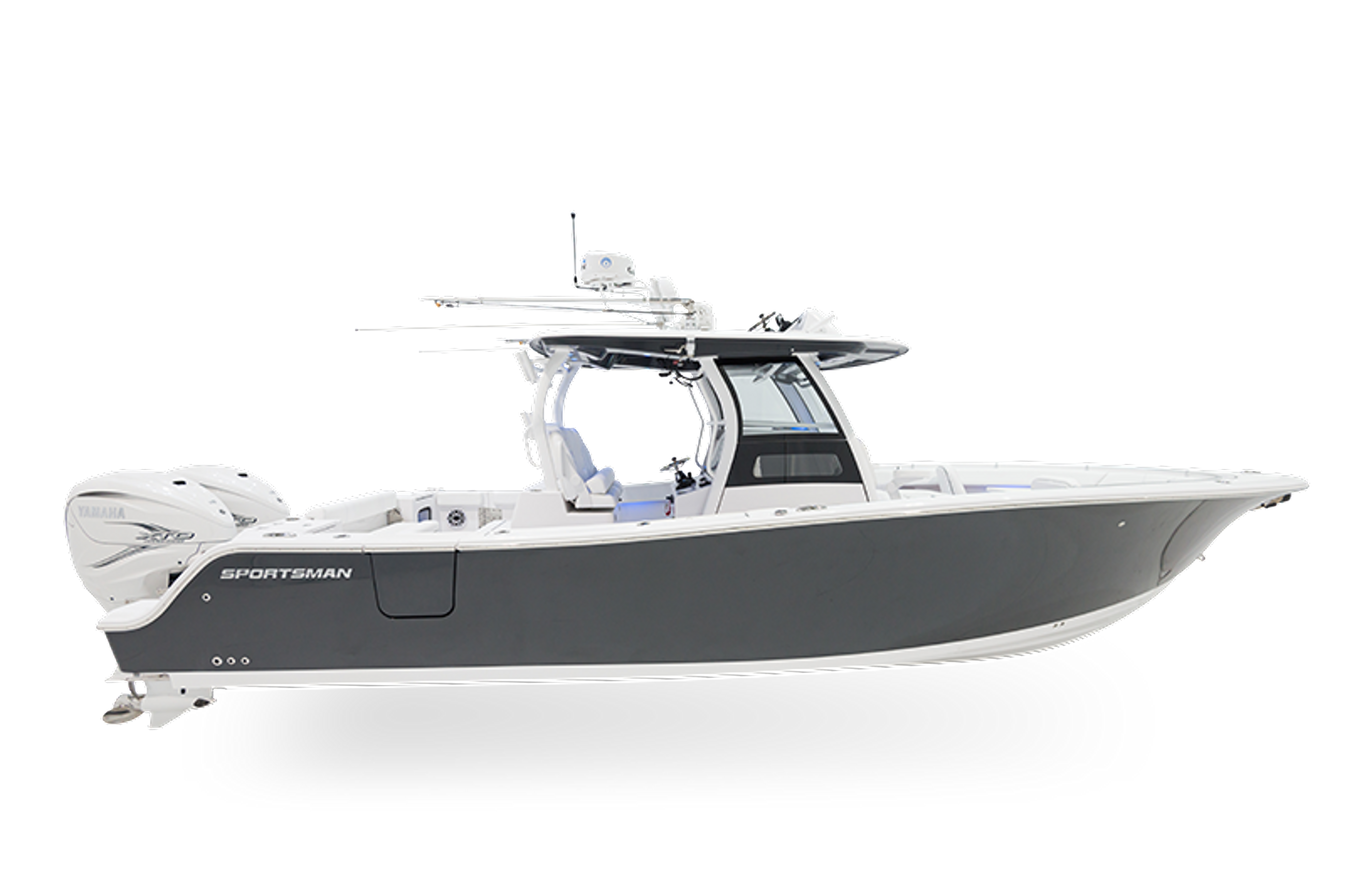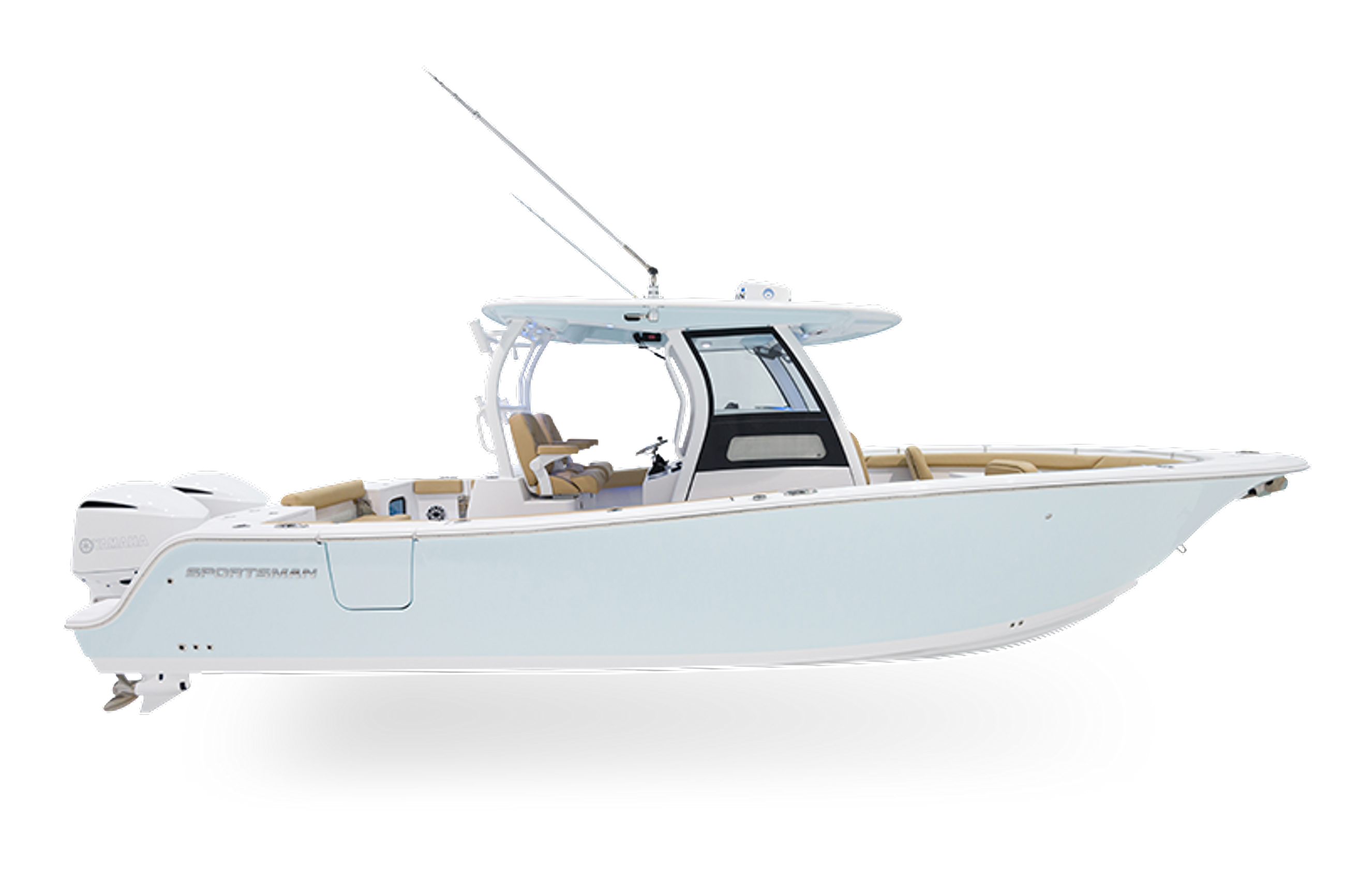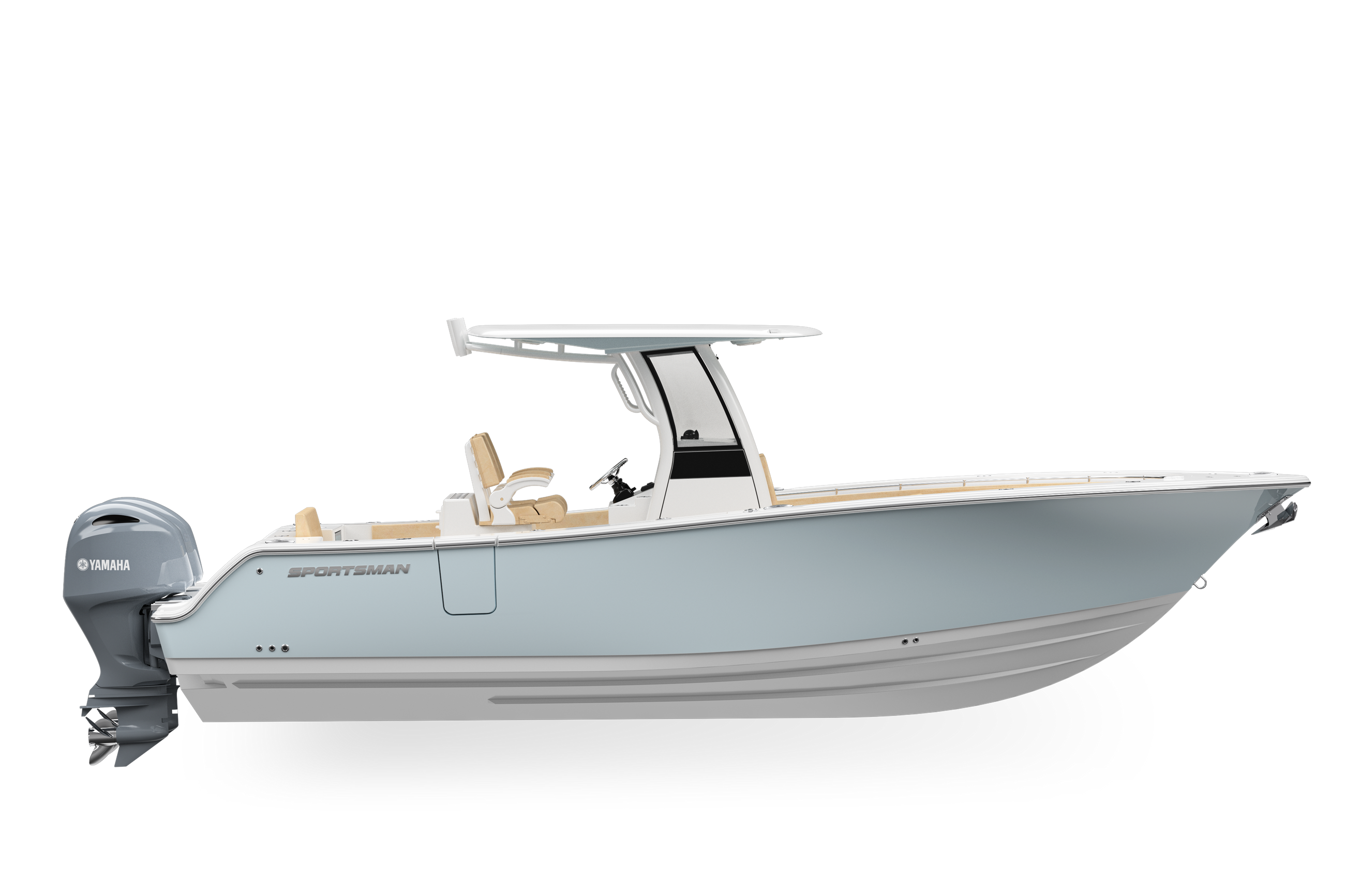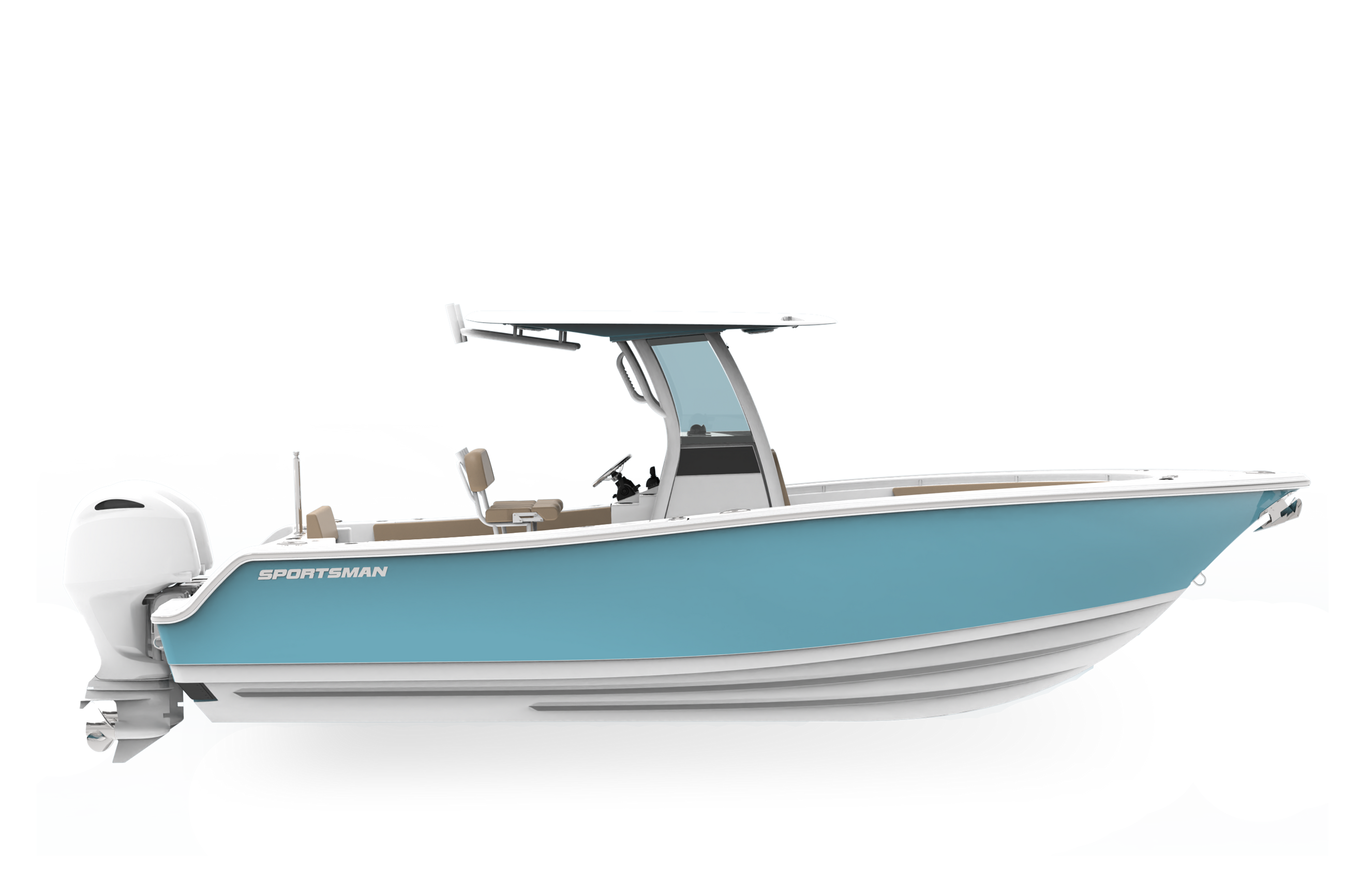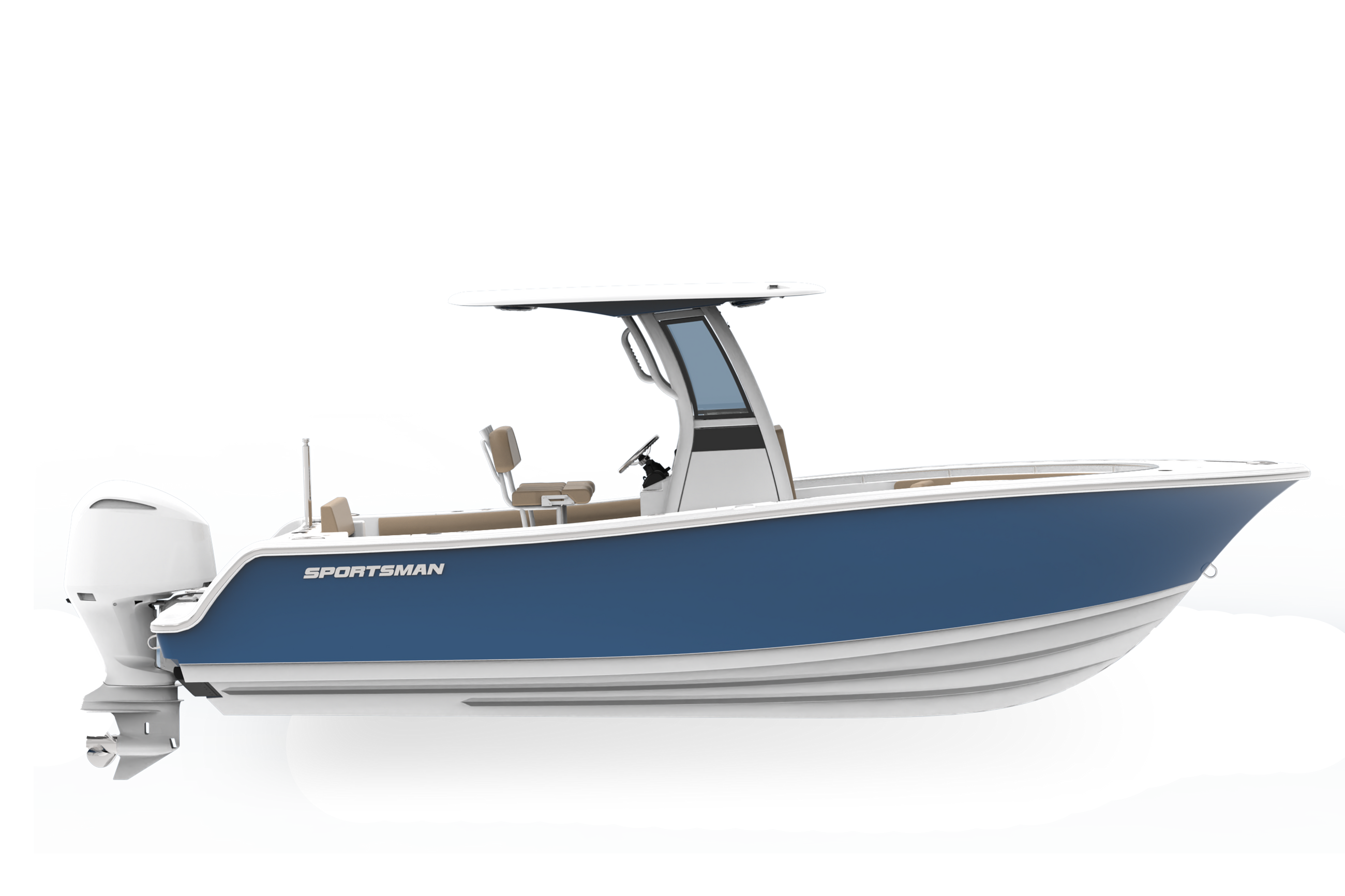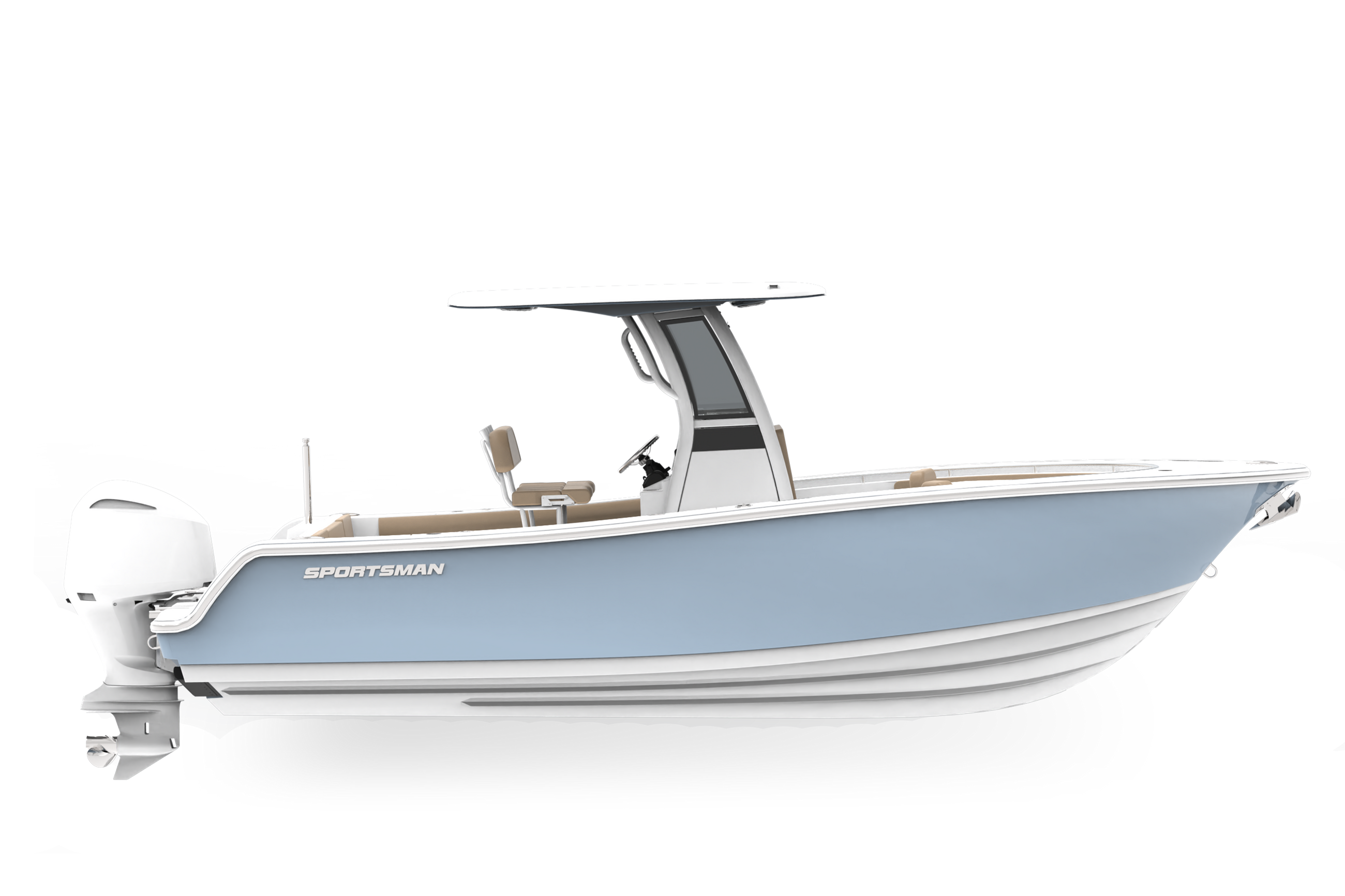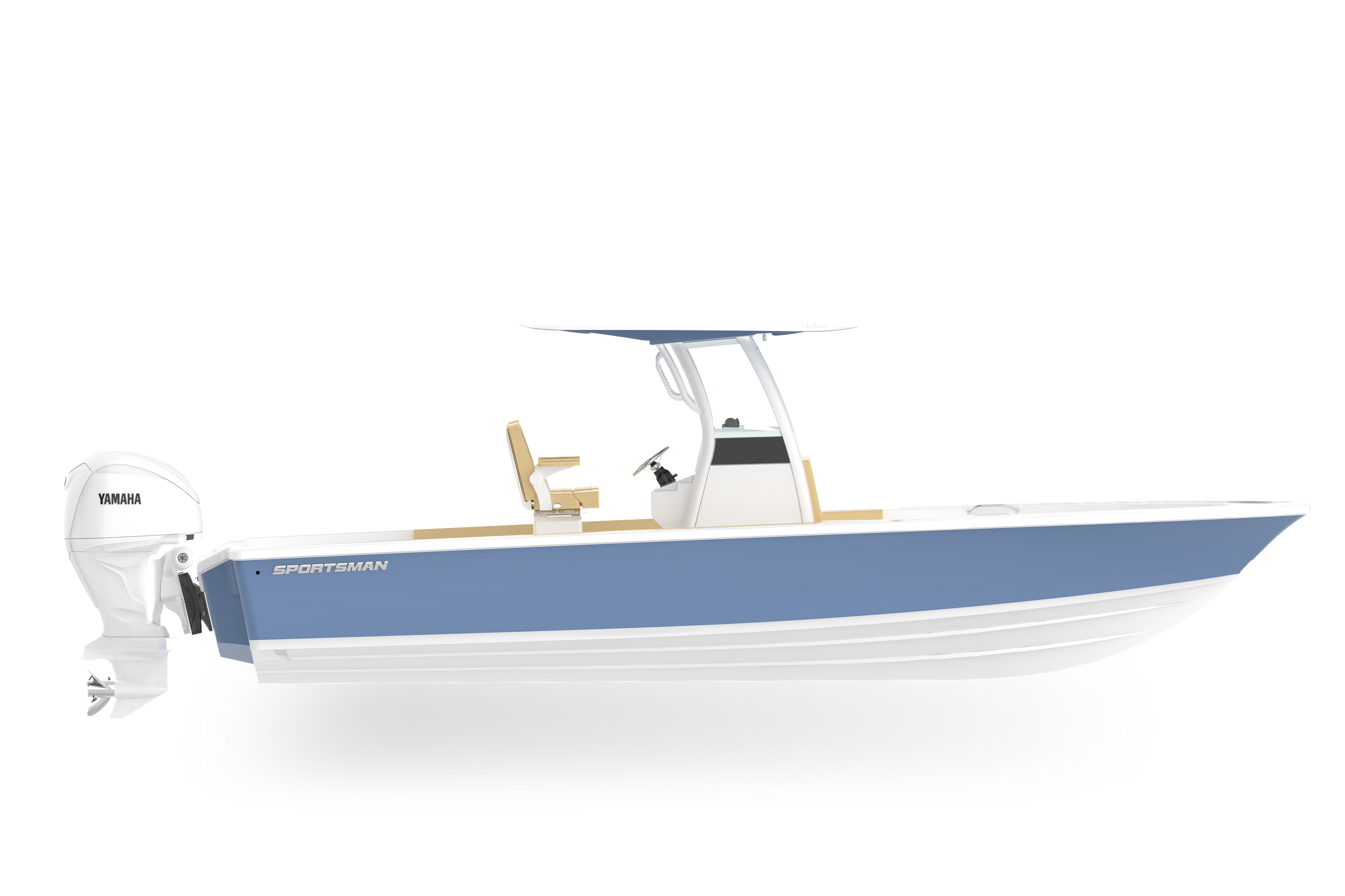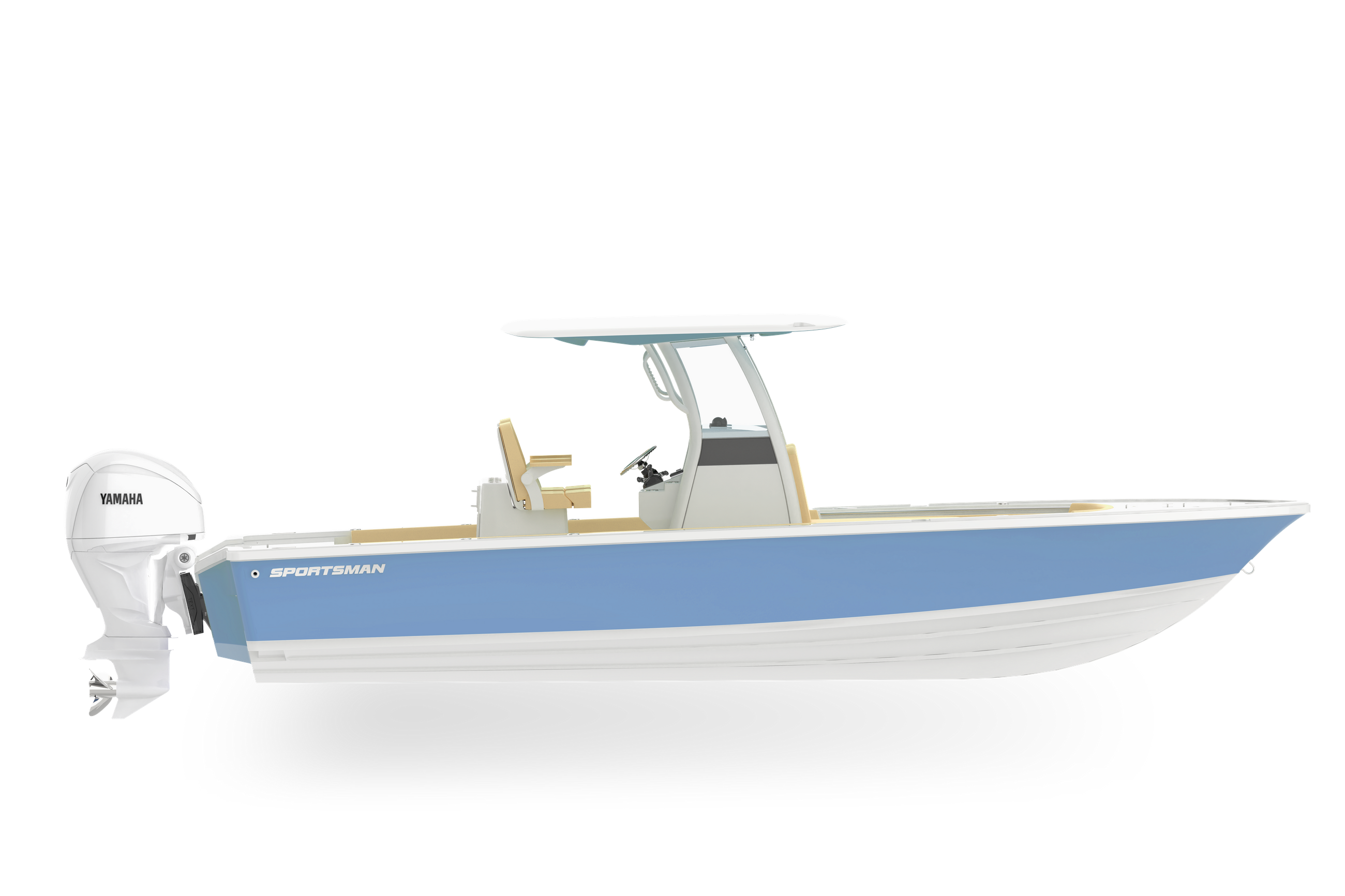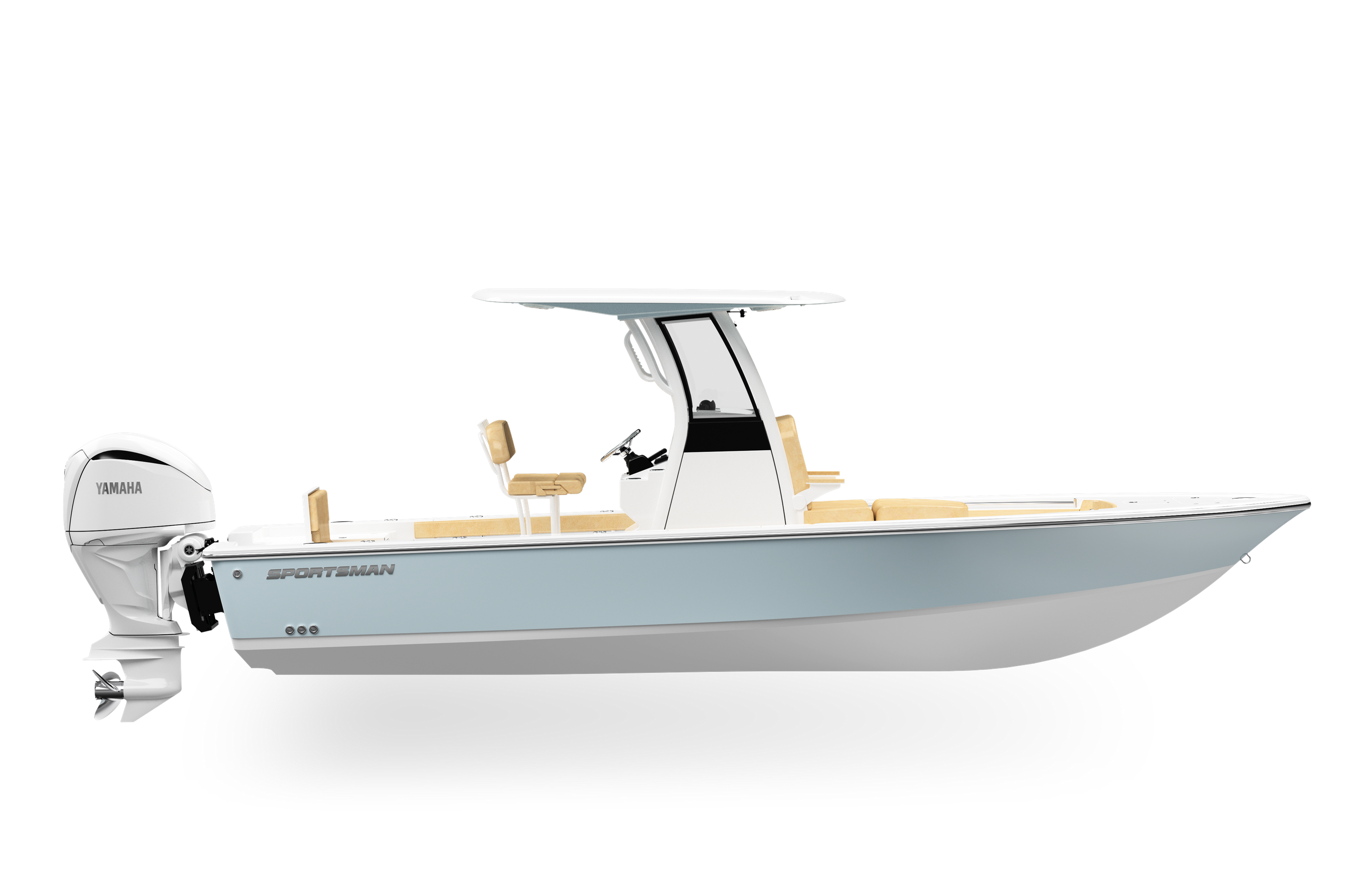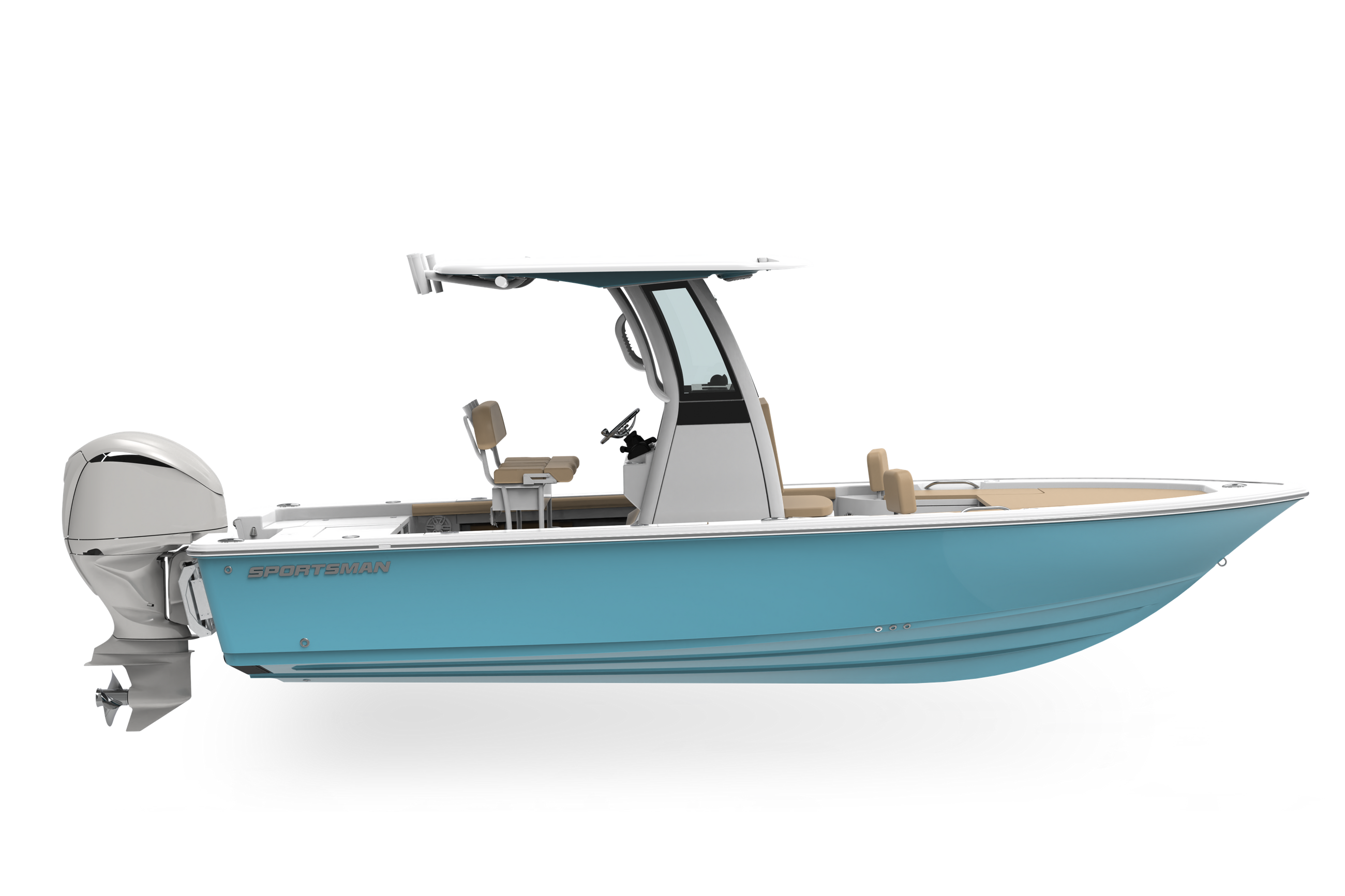Choosing the Best Weather for an Offshore Fishing Trip: A Practical Guide
Planning an offshore fishing trip requires checking tides and offshore weather conditions to ensure a safe and enjoyable experience. Using apps like TideSpy and SailFlow can help you find the perfect weather window for smooth seas and better fishing.
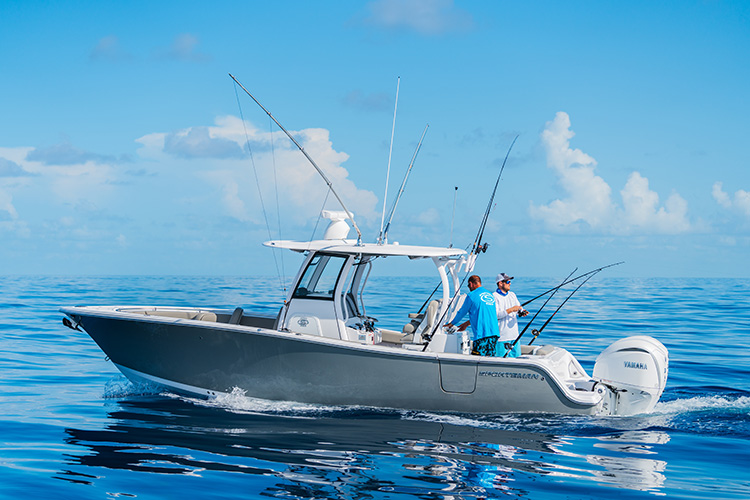
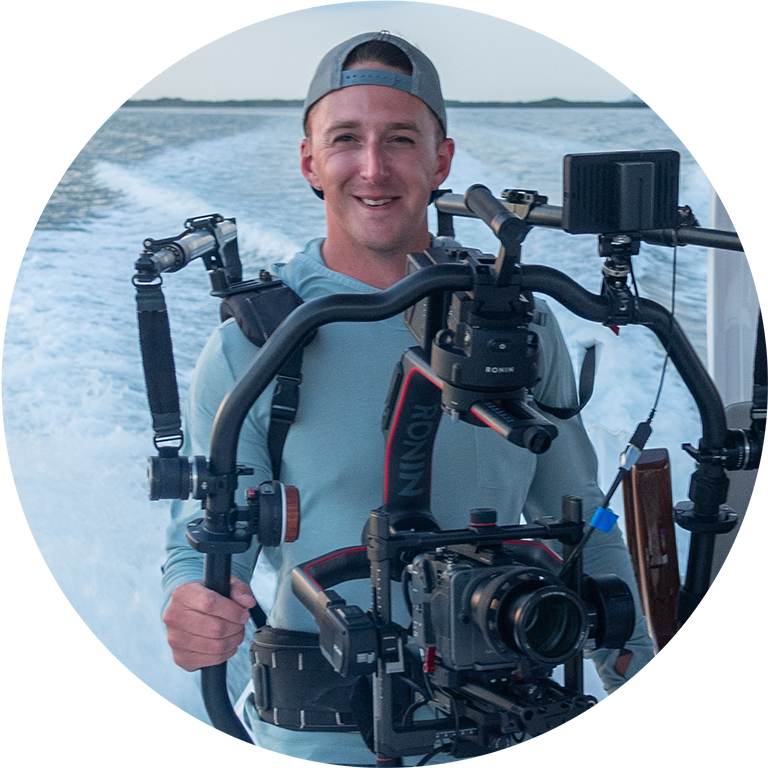
Heading offshore for a day of fishing is all about timing, and the best trips start with the right weather. Knowing when the tides align and the offshore weather is favorable can make the difference between an exhilarating day of fishing and a challenging, uncomfortable experience. Here’s a rundown on how to check for ideal offshore conditions and what to consider based on the type of boat you’re taking out.
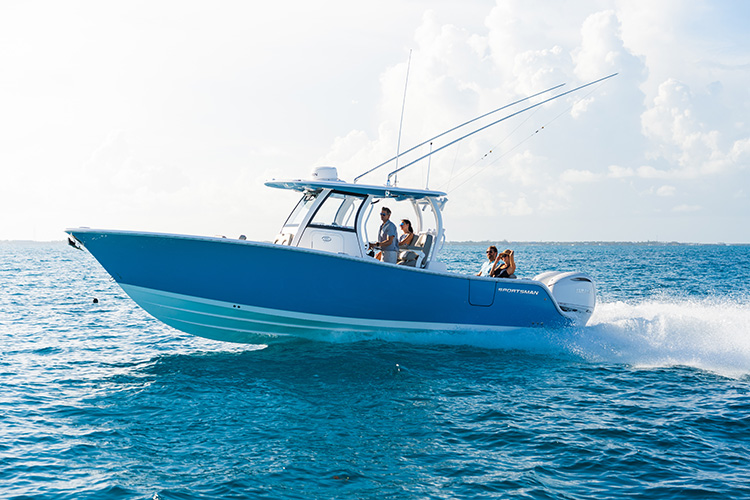
Start by Checking the Tides
The timing of the tides can significantly impact your fishing success and safety, especially if you’re near inlets or crossing bars. A strong outgoing tide combined with wind coming in the opposite direction can create challenging conditions, producing choppy waters that might not be worth the hassle. Apps and websites like TideSpy and the Tides app provide easy access to daily tidal information, allowing you to see high and low tide schedules and plan your trip around calm tide periods.
By understanding the tide patterns, you’ll be able to predict where fish might be gathering and when water conditions are likely to be at their best. Aim for a tide that will work in your favor, reducing chop and letting you navigate smoothly.
Review Offshore Weather Reports
Offshore weather is the biggest factor to consider for comfort and safety. Before you head out, take some time to look at live data from local weather buoys. The SailFlow app and website are excellent resources, providing real-time wind speeds, wind direction, swell height, and the time between each swell. This data is critical for evaluating the stability of the offshore conditions.
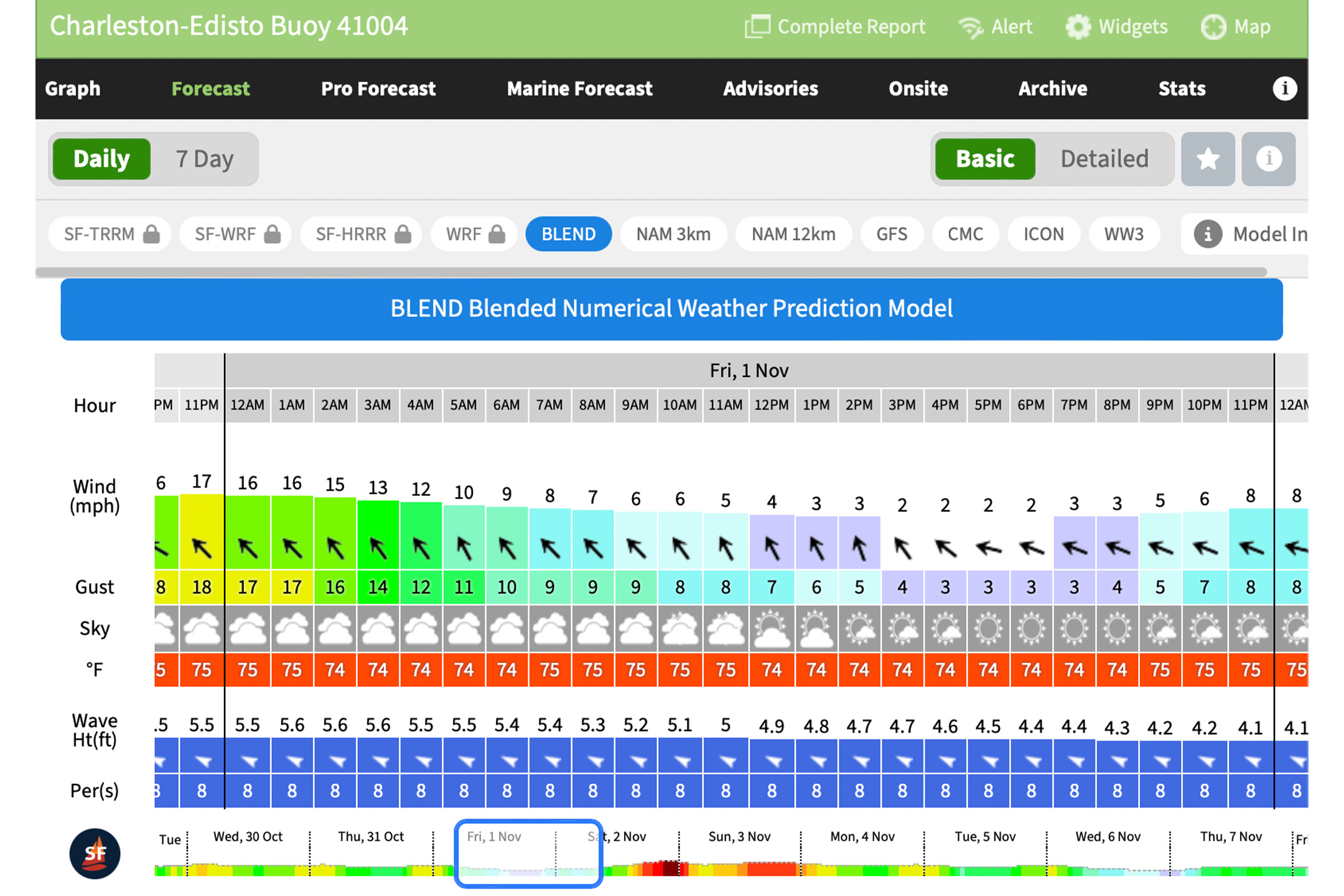
Here’s a quick breakdown of what to look for:
• Wind Speed: Ideally, look for wind speeds under 10 mph. Anything above that, especially with smaller boats, can lead to rough conditions with added chop.
• Wind Direction and Swell Direction: For a smoother ride, aim for wind and swell moving in the same direction. Opposing directions can create bumpy seas, adding to the difficulty of maintaining comfort and speed.
• Swell Height and Interval: For calmer days offshore, look for swell heights at or below 2 feet, with an interval of 7-10 seconds between each swell. Shorter intervals mean choppier water, while longer intervals create a gentler rolling motion that’s easier to navigate.
Use Your Boat Type as a Guide
The type of boat you’re taking will affect the weather parameters you need to consider. For example, larger offshore vessels can often handle a bit more chop and swell than smaller center consoles or bay boats. If you’re in a smaller boat, be particularly cautious of conditions where wind speed exceeds 10 mph or when swell height is over 2 feet with shorter intervals. The added chop from high winds can create a much rougher experience than the numbers alone might suggest.
Key Weather Apps and Websites to Bookmark
To get the most out of your weather checks, make sure you’re familiar with a few essential tools:
• TideSpy or Tides App: Essential for tidal information, these tools help you plan around peak tide shifts.
• SailFlow: Offers real-time data from local buoys on wind speed, direction, and swell conditions.
Keeping these apps handy will streamline your pre-trip planning, giving you a comprehensive view of the day’s conditions.
Timing is Everything
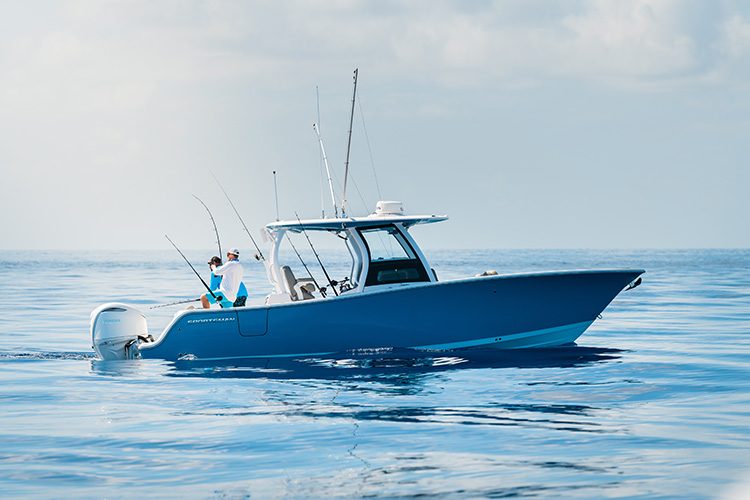
Once you have all the data in place, think about timing your trip to fit the calmest window. Offshore weather conditions can shift throughout the day, with afternoon sea breezes often picking up, creating choppier waters. If possible, aim to head out in the early morning, returning before the winds increase.
Every offshore trip is unique, and planning around the weather and tides will make each experience safer, more enjoyable, and, hopefully, more successful in terms of fishing. By using these apps and resources, you’ll not only boost your chances of catching fish but also have a smoother, more enjoyable ride out on the open water.

